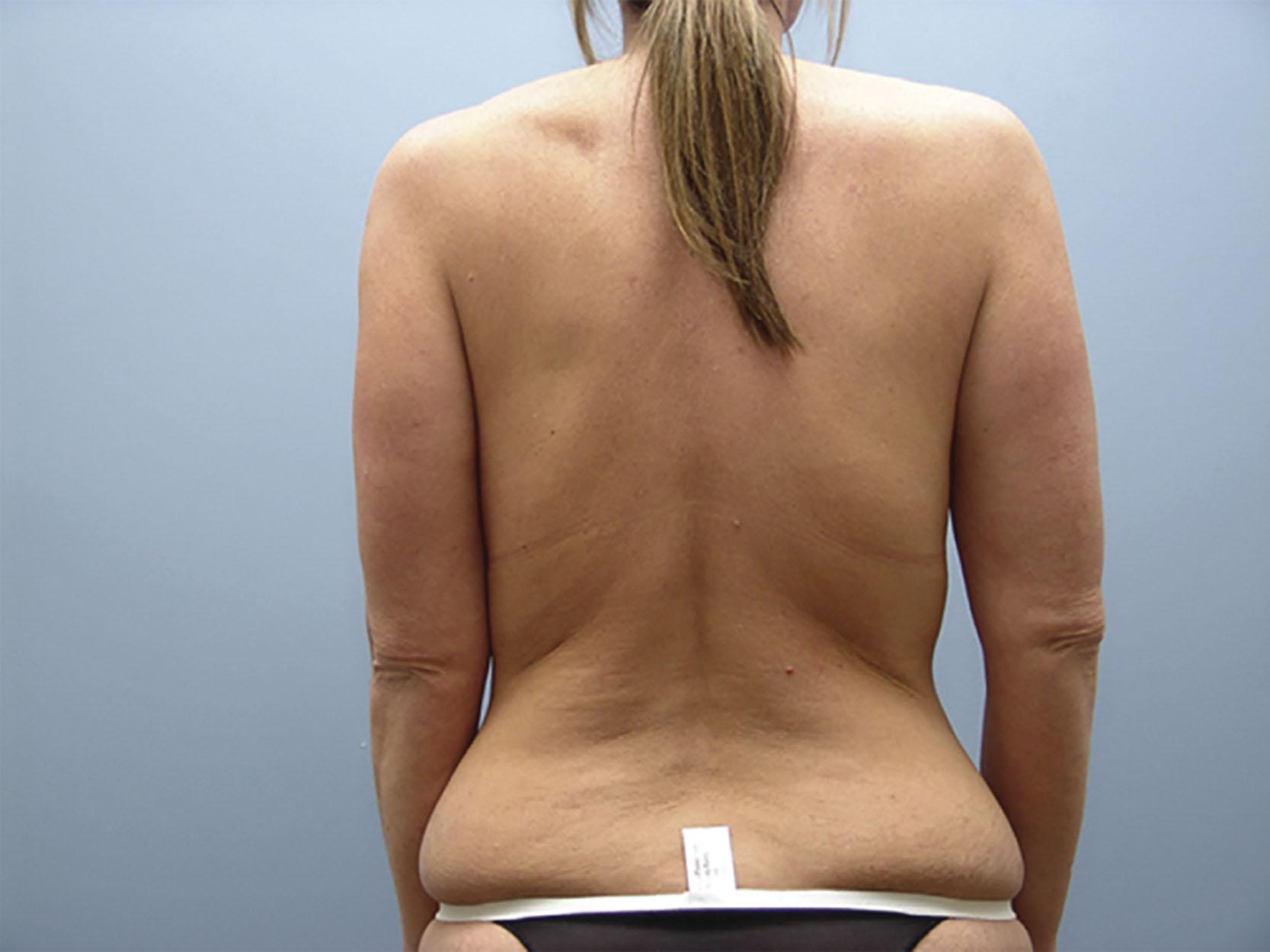Physical Address
304 North Cardinal St.
Dorchester Center, MA 02124
Comprehensive upper back deformity, which includes laxity of the skin, excess adiposity, and redundant lateral breast tissue, can be corrected using the bra-line back lift.
Candidates for the procedure have visible, graspable, and undesirable soft-tissue laxity in the mid and lateral upper backs.
The resection pattern extends anteriorly to the anterior axillary line at the level of the inframammary fold.
Preservation of loose areolar tissue over underlying muscle fascial will help minimize pain and swelling.
The procedural learning curve is gentle for surgeons experienced in excisional body contouring with predictable results and satisfactory outcomes.
![]() Access video lecture content for this chapter online at Elsevier eBooks+
Access video lecture content for this chapter online at Elsevier eBooks+
The normal aging or fluctuations in weight has significant effects on the skin and fat appearance in the upper back. Distribution of subcutaneous fat and differences in skin elasticity can create effects on the skin that are cosmetically and functionally unappealing to patients. These effects are further accentuated by strong, and unyielding natural zones of adherence for soft tissue in the body contour. Anatomic sequelae in the upper back in particular have been often overlooked. Natural upper torso adherence zones in the posterior midline create tether points that lead to both horizontal and vertical laxity. A lampshade effect is created on the skin and soft tissue of the upper torso. These tether points hinder contouring of the upper back from procedures such as lower body lifts by preventing transmission of forces to this area ( Fig. 30.1 ). Contouring procedures of the lower and mid-trunk, in fact, may even accentuate these deformities in some instances.

Treatment of this area must be tailored to the particular patient. Some may be candidates for standard tumescent liposuction or adjunctive liposuction procedures using laser or ultrasound. Skin in the upper back is robust, with thicker epidermis and dermis to aid in retraction following liposuction. However, the thicker and more fibrous fat in the upper back may be more resistant to traditional methods of liposuction. Because of this, many patients may be candidates for direct excision of this tissue. Excisional methods of excess tissue in the past have been described with skin resection in a dermatomal pattern. However, this tends to leave an undesirable oblique scar that is impossible to conceal in normal clothing. These scars are often disfiguring. The authors present the bra-line back lift, a consistent and reliable method of addressing these issues by completely eliminating both excess skin and subcutaneous fat from the region while correcting excess skin laxity in both normal weight and massive weight loss populations.
The goals of the bra-line back lift are to eliminate the skin and subcutaneous fat completely and safely from the posterior upper torso while correcting excess skin laxity. The well-accepted position of the scar beneath the bra line without the need for a drain enhances patient satisfaction and minimizes postoperative complications. Patients are able to achieve an ideal contour with relatively minimal morbidity and downtime. The procedure may be combined safely with other body-contouring procedures, such as reverse abdominoplasty, mastopexy, and breast reduction, to maximize patient outcomes.
The patients are given a comprehensive understanding of body-contouring procedures and how they relate to their particular situation and deformity. Diagrams and photographs are reviewed and tailored to the patients’ particular goals and desires. The authors discuss a comprehensive approach to the area of treatment and how it will affect their long-term goals. Routine complete blood counts, comprehensive metabolic panels, and coagulation profiles are drawn and reviewed. Patients are instructed to discontinue any nonsteroidal anti-inflammatory drugs and herbal medications 2 weeks before surgery. Smoking is a relative contraindication.
Become a Clinical Tree membership for Full access and enjoy Unlimited articles
If you are a member. Log in here